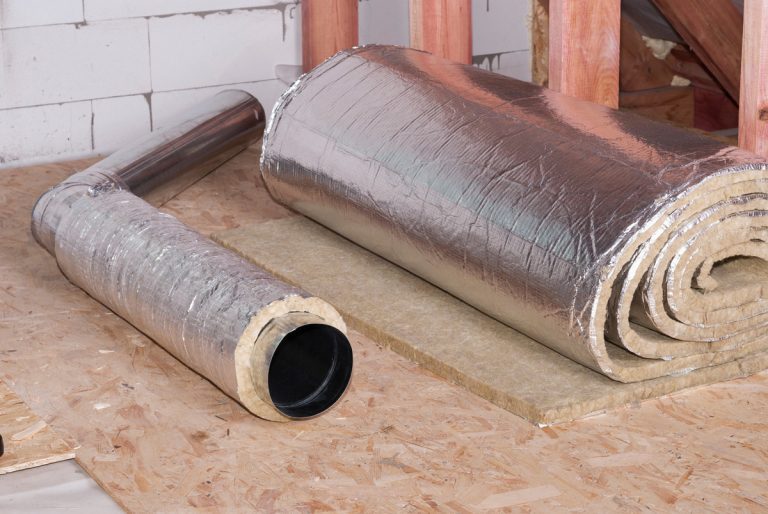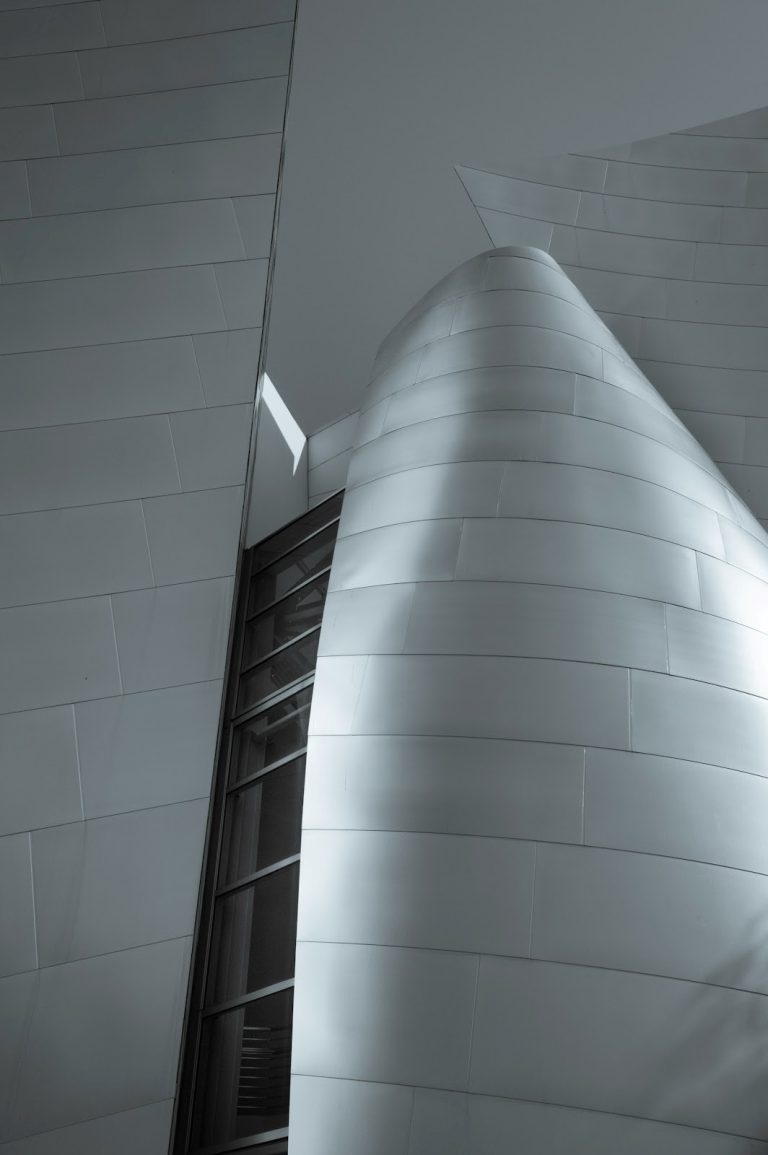If you’ve ever walked by a building and wondered how it’s put together, chances are, sheet metal has something to do with it. From sleek rooftops to rugged door frames, sheet metal is a key player in construction. It’s not just for tools or car parts, its versatility in the building world might just surprise you. Ready to explore some of its most common applications? Let’s dive in. The Basics of Sheet Metal Fabrication: The Art Behind the Metal Before we dive into all the cool ways sheet metal is used in construction, let’s start with how it actually gets made. It might seem like a straightforward material, but there’s some serious craftsmanship involved in shaping it for its many applications. This is where the basics of sheet metal fabrication come in. Fabrication is the process of cutting, bending, and shaping metal into usable forms. Whether it’s a roofing panel, ductwork for HVAC systems, or even decorative pieces, skilled workers use specialized tools and machinery to transform flat sheets of metal into all sorts of shapes. The beauty of sheet metal fabrication is that it allows for incredible precision and customization. With the right tools and techniques, metal can be shaped to meet any design or function, making it a must-have material in construction. Structural Backbone: More Than Just Support Once fabricated, sheet metal becomes a crucial part of a building’s structure. It’s used for framing, beams, reinforcements, and modular components. These metal elements help speed up construction and ensure stability. Sheet metal is known for its strength, making it ideal for load-bearing parts of a building. It can support entire floors, stabilize walls, and even provide foundation reinforcements. So, the next time you step into a building, that solid frame could very well be thanks to sheet metal. Roofing and Cladding: Shaping Up the Exterior If you’ve ever admired the sleek look of a metal roof, you’ve seen sheet metal in action. Metal roofing systems, from corrugated panels to standing seam designs, are among the most durable and weather-resistant options out there. These roofs stand up to rain, snow, and sun, making them perfect for almost any climate. Sheet metal also plays a significant role in cladding, which is the outer layer of a building. Metal cladding is popular because it’s fire-resistant, long-lasting, and can be tailored to fit any aesthetic. Whether you’re after a minimalist design or something more decorative, metal can cover it all, providing both form and function to a building’s exterior. HVAC Systems: Keeping Things Comfortable When you walk into a building and feel that blast of cool air on a hot day, it’s likely thanks to sheet metal. HVAC systems use ducts made from galvanized steel or aluminum to carry air throughout a building. Metal ducts are perfect for this job because they’re durable, easy to maintain, and help ensure airflow efficiency. Plus, sheet metal is highly adaptable for custom fabrication, allowing builders to create ducts that fit even the most complex HVAC systems. It’s the material of choice for making sure that air circulates properly in all types of buildings. Interior Applications: More Than Just Walls Sheet metal isn’t just a workhorse on the outside, it’s equally valuable inside a building. For example, metal is often used for interior partitions, helping separate office spaces or create soundproof rooms. It’s durable, fire-resistant, and provides a modern, polished look. Sheet metal also appears in ceiling systems, especially in office buildings and industrial spaces. Suspended metal ceilings are easy to install, durable, and help with acoustics, making them a smart choice for both function and aesthetics. So, whether it’s practical use or adding a contemporary feel, sheet metal shines in interior design as well. Doors and Windows: Security Meets Style When it comes to doors and windows, sheet metal delivers on both security and aesthetics. Metal doors are often used in commercial or industrial buildings where durability and fire resistance are essential. These heavy-duty doors stand up to wear and tear, offering protection while maintaining their sleek appearance. Metal frames are also common for windows, especially in modern designs. Aluminum and steel frames provide the strength needed to hold large panes of glass and are long-lasting, low-maintenance options. This makes sheet metal a top choice for buildings that need both functional and stylish door/window systems. Safety First: Protecting People and Property Safety is one of the most important aspects of construction, and sheet metal plays a major role in this area. Fire-resistant metal doors and walls are essential in many commercial buildings because metal doesn’t burn or degrade like other materials. These fireproof elements help ensure a building’s safety, especially in high-risk areas. Metal is also used for fences, gates, and security grilles, which add another layer of protection. These elements aren’t just practical, they’re often designed to look attractive, too. A decorative metal gate or sleek fence not only enhances the building’s curb appeal but also helps keep it safe. Sustainable Building: A Green Choice As the construction industry moves toward more sustainable practices, sheet metal is stepping up. One of its biggest advantages is that it’s highly recyclable. In fact, much of the sheet metal used today comes from recycled materials, helping reduce the environmental impact of building projects. Metal also contributes to energy-efficient buildings. Reflective metal roofing and cladding can reduce heat absorption, keeping buildings cooler in the summer and lowering energy costs. Additionally, sheet metal is commonly used to house solar panels and wind turbines, making it a key player in the green building movement. Conclusion From structural reinforcements to aesthetic touches, sheet metal is one of the most versatile materials in construction. It’s strong, durable, and flexible enough to meet the needs of modern building projects. Whether it’s creating a solid framework, providing a stylish roof, or helping maintain airflow, sheet metal is essential in today’s construction industry. So, the next time you see metal on a building, take a moment to appreciate its role, it’s likely doing a lot







